In my practice, I am often fascinated by activities occurring in the earth's orbit. Currently, my interest is centered around the countless number of signals and indeterminate messages emitted by the artificial objects discreetly surrounding us. Multitudes of satellites transmit different rhythms and frequencies, spreading inaudible, encoded messages into what was once known as the æther. Signal transmissions have been a persistent part of human history and since the emergence of radio technology we are now more than ever dependent on them. Many of our technological developments rely on radio technology. GPS, for example, is implemented in a multitude of everyday devices and is assisting them in tracking every move we make. Most of those signals are not meant to be heard by the human ear.
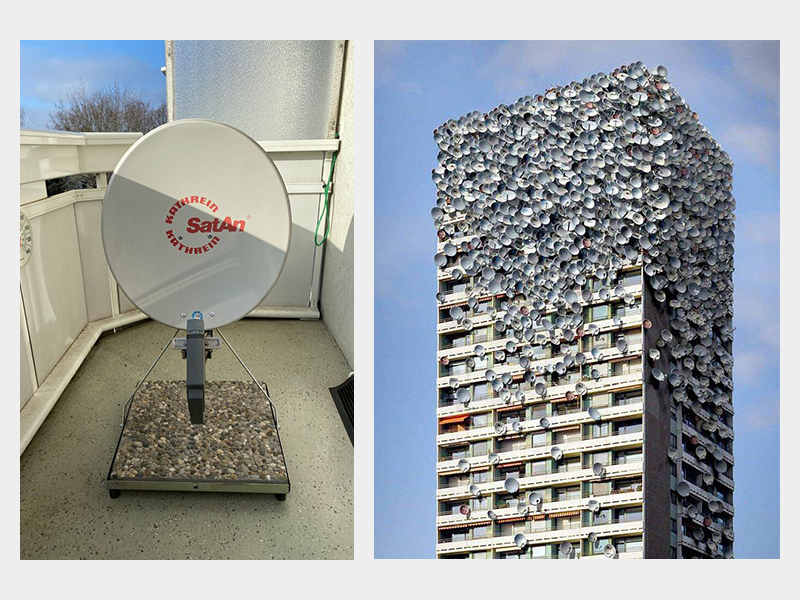
My research project Drowning in Æther focuses on the audibility of satellite signals and takes a practice-based approach. Part of the project involved developing a personal signal-hunting toolkit with which to capture satellite signals and compose and improvise with them. Therefore I engage in an activity that I refer to as signal hunting: a carefully planned method of tracking and capturing transmissions from satellites. It involves being outdoors and demands the signal hunter tune into the circadian rhythms of the satellites. The locations where satellite signals can be received depend on certain conditions, as these signals are often very weak. Interference from cell towers or other radio signals, such as those from Wi-Fi networks, can easily render reception impossible. Thus it is necessary to seek out places that are outside of the city center and ideally remote from the urban infrastructure.
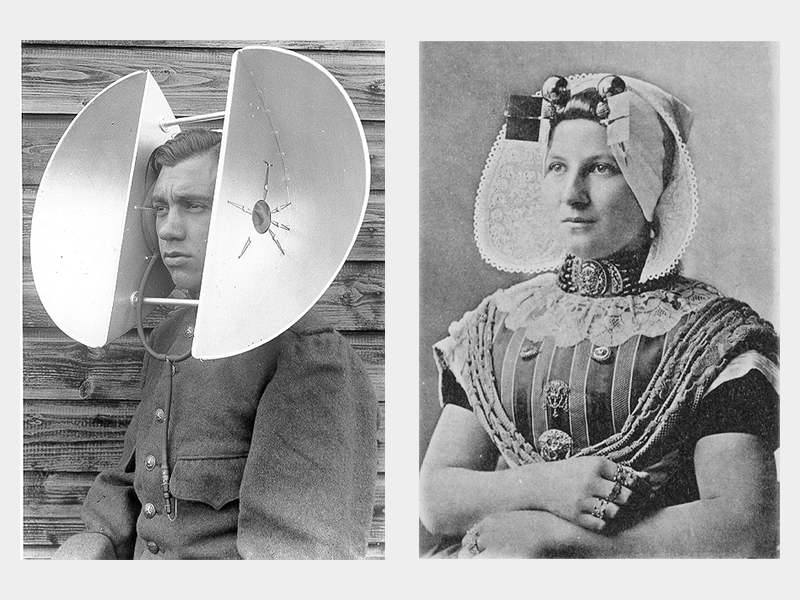
At present, I am hunting for signals transmitted by ghost satellites, abandoned geostationary military satellites, space debris, and malfunctioning objects that are floating in space but no longer in use. Some of them are still continuously communicating to earth even though nobody is listening any longer or able to understand their data. They have outlived their designated functions, and their research programs have been shut down for decades, but despite this, they do not withdraw, continuously streaming the silent proof of their presence.
Open archive
This website tries to be an open archive, a collection of sounds and recordings, images, as well as found footage, debris, and artifacts I stumbled upon during my research. It attempts to give an insight into my practice and maybe inspire others to drown in the Æther.

Research
This research is largely influenced by two communities that both share similar interests in radio waves but have different views and methods, specific to their realm. They both hunt for signals that surround us but often stay their own audience. Radio amateurs are a very technology-driven community, they thrive for clean signals and perfect antenna builds. Many share their antenna construction plans and radio experiments with the public. They meticulously track the trajectories of satellites and compile historical as well as technical data about them.

Ghost hunters try to engage with the paranormal, and use technology as a tool to shift the perception of their audience. They initiate ritualistic events, and manipulated radios are part of their toolkit to trick you into believing their acts. The line between those communities is often really thin, one can drift easily into conspiracy theories about aliens hijacking satellites. These different interpretations of the energy of radio waves both inform and inspire my work. I like to traverse this line, get inspired, and form my own understanding of working with radio signals. By appropriating some of the methods of both communities I develop my practice around signal hunting. In this research, the term æther is used as an element to link these different worlds of imagination. And while none of these communities is interested in the acoustic qualities of the radio transmissions, I search for rhythms, patterns, and qualities in the signals. The following paragraphs outline in detail the contextual as well as technical and artistic research and details encompassing the project.
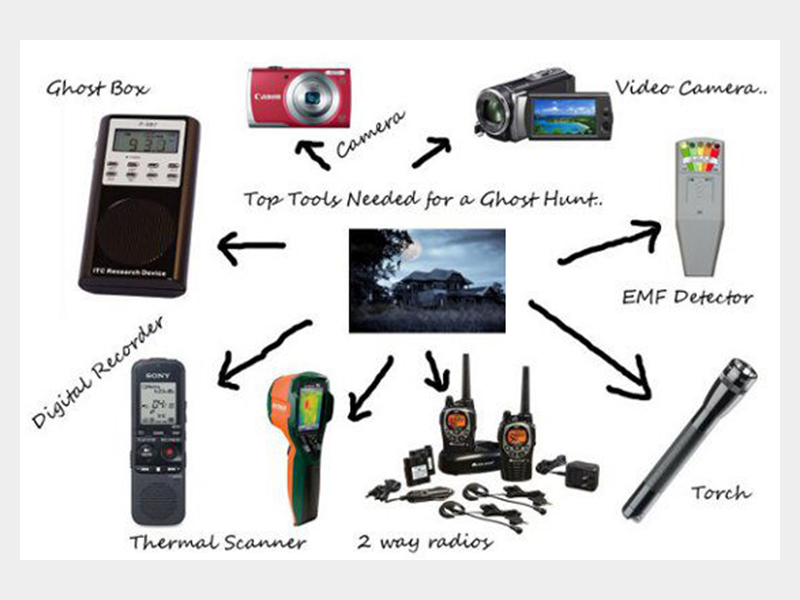
Tuning in
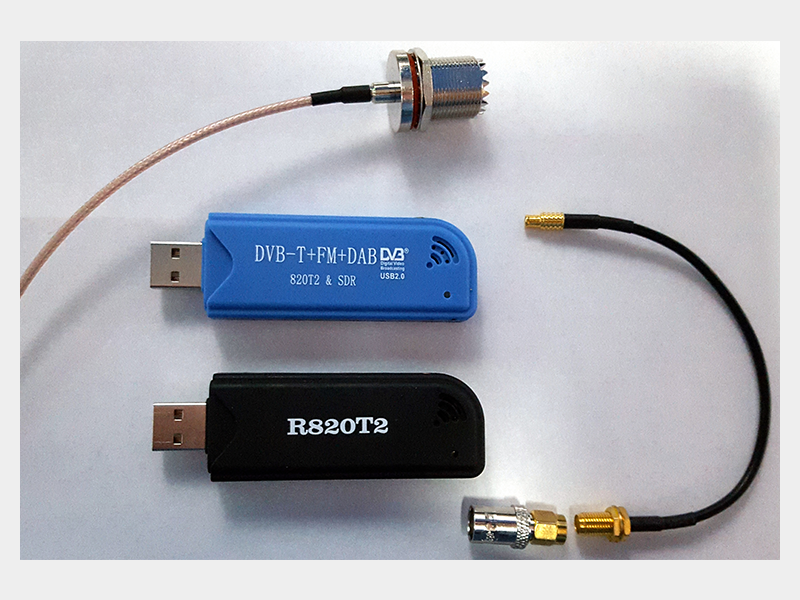
The Radio receiver
The beginning of the research is centered around the basics of software-defined radio (SDR) and the construction of various antennas. SDR is a software implementation made from traditional radio components, such as tuners and demodulators. The RTL-SDR dongle used for this research is originally designed as a DVB-T Tuner dongle to watch digital TV or listen to local FM radio stations. Via an alternative driver developed within the amateur radio community, the integrated chipset can be accessed as a wideband software-defined radio. There are many different Digital signal processing (DSP) applications for software-defined radio. SDR# for Windows, gqrx for Linux, and SDRtouch for Android are used for this research. The accessibility and mobility of software-defined radio play a crucial role in this research. Being able to move with the setup during outdoor performances is important when hunting radio waves from moving artificial objects. That would be impossible with most of the traditional radio equipment, which is heavy and usually not battery powered. The advantage of these applications is the immediate representation of the signals in the spectrum analyzer and the intuitive control of the user interface. Most of the above-mentioned radio software is open source which creates the possibility to access the source code, therefore extending the software or controlling it with external scripts.
V-Dipole Antenna / Prototype 01
The first antenna constructed was a V-Dipole for 137 to 138 MHz, which is the spectrum that weather satellites transmit on. There are many variations of this design using various materials within the Radio amateur community. My intention with the design was to emphasize the handmade character of the antenna, thus I focus on using mainly readily available materials. Most radio amateurs thrive for perfection and slick designs. The intention of the antenna design is to gain a distance from the technical perfection and accuracy of the object, to shape it as an almost rudimentary tool part of a personal ritual, that is stripped off the techno-fetishism embedded in radio communities. The form and material primitivism are a way to create a connection to the impulsive and improvised rituals of ghost hunters, another niche community using manipulated FM radios as their tool to communicate with the paranormal. With this antenna, I was able to successfully receive signals from the NOAA10 satellites 15, 18 and 19.
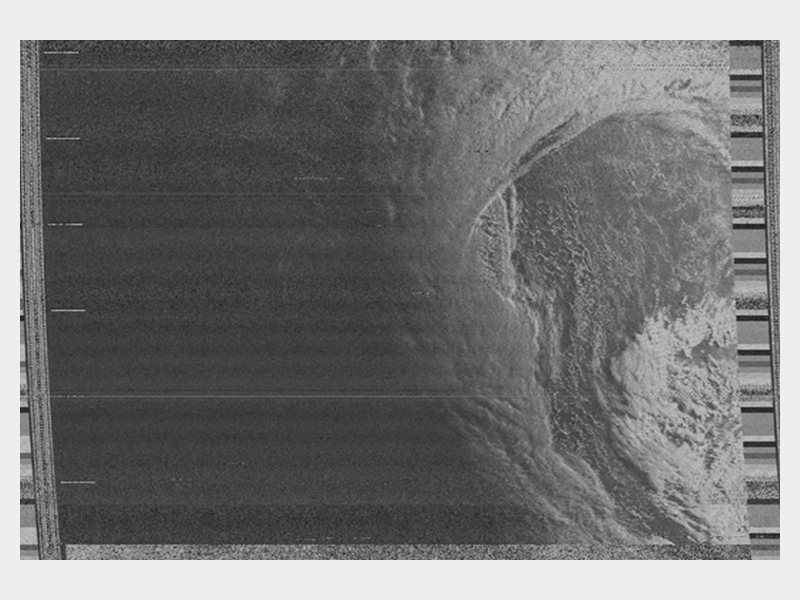
These weather satellites orbit in a Low Earth Orbit 850 km from the earth and use an automatic picture transmission11 to send analog image data continuously back to Earth. The signal transmission is frequency modulated onto a carrier frequency around 137 MHz and contains telemetry information, synchronization pulses, and a minute marker. The data is used for weather and climate predictions as well as to create global images of clouds and is available for weather forecasters worldwide. Many radio amateurs build their own basic satellite ground stations for tracking those satellites and receiving their broadcasts, as well as sharing their construction plans. Since the process is elaborately documented by the community it provides a good starting point for further accumulation of knowledge on signal transmission, as well as demodulation methods and antenna construction. Thus the research initially focused on receiving weather satellites as a method of getting acquainted with this area of radio technology, as well as enabling me to get into other forms of reception and transmission techniques as described in the following chapters. Therefore, in the course of several months, various basic tests and studies in signal reception and demodulation methods were conducted. After close examination of the signals, what stood out were the very prominent pulses that characterized the acoustic quality of the sound. These pulses play at 2.4kHz with harmonics appearing at 4.8kHz and 7.3kHz. A rhythm that almost sounds like a 4/4 with a beat rate of approximately 120BPM. This varies throughout the reception of the satellite as an effect of the Doppler shift caused by the satellite’s movement. The satellite is in constant motion and as it moves towards the observer the frequency of the signal increases and decreases as he is moving away. If the reception of the signal is not perfect, for example, if the antenna is not placed correctly or the satellite is too far away, the signal gets distorted, which makes the elements in the offbeat sound similar to an 8-bit hi-hat. The method of misaligning the antenna can lead to interesting sonic results, this method of distorting the signal is incorporated in my performance practice. Building the V-dipole antenna and receiving weather satellite data was a crucial foundation period for the research. The observations and evaluation from the period lead to several structural conclusions on the further development of the research. The repository of recorded satellites proved to be a material that despite its qualities, lacked overall variety, therefore a search for more layered transmission was initiated in the further research process. The physical limitations of the antenna construction provided, on one hand, a wide scope of coverage, but at the same time, this immobility and precision in pole orientation created a static situation that prevented the performer to interact with his/her toolkit once it had been set up. That conclusion led the research to turn towards possibilities for a handheld as well as mobile antenna development.
Dual Band YAGI Antenna / Prototype 02
In an attempt to attain a wider range of frequencies and portability a Dual-band Yagi antenna tuned between 144 to 146 MHz and 400 to 470 MHz (2m and 70cm bands) was constructed. The Yagi - which was based on a design by Radio amateur WB5CXC - is a directional antenna constructed with the intention to function as a hand-held tool, enabling manual tracking or following signals as they pass by. The design consists of copper rod elements mounted on a wooden bar and grip tape covers the bottom of the wooden bar to put more attention on mobility and its function as a hand-held antenna. With this antenna, the reception was made possible of a wide variety of signal transmissions like various aircraft communication, the Russian weather satellite Meteor-m2, and several unknown signals. Even though I was not able to receive other earth-orbiting objects than weather satellites, the signal of the Meteor-m2 was a crucial point, as it made tangible the fact that digital transmission is an encoded bitstream, and thus one can barely distinguish it from actual noise you would hear with a radio receiver. The recordings led to the observation that the radio noise shares acoustic qualities with pink noise, less high frequencies, and rumbling in the lower frequencies. The frequencies of the Meteor-m2 signal - like white noise - are equally distributed throughout the frequency spectrum. These digital signals have to be demodulated with a special plug-in for the SDR that translated the noise into data but unfortunately does not output any audio. This feature seems to have been left out by the developer since most of the radio amateur community is interested in the data but not in the acoustic qualities of the signal itself. So far digital signals had been a dead-end but had not been totally discarded and may be revisited in a later stage of this research.
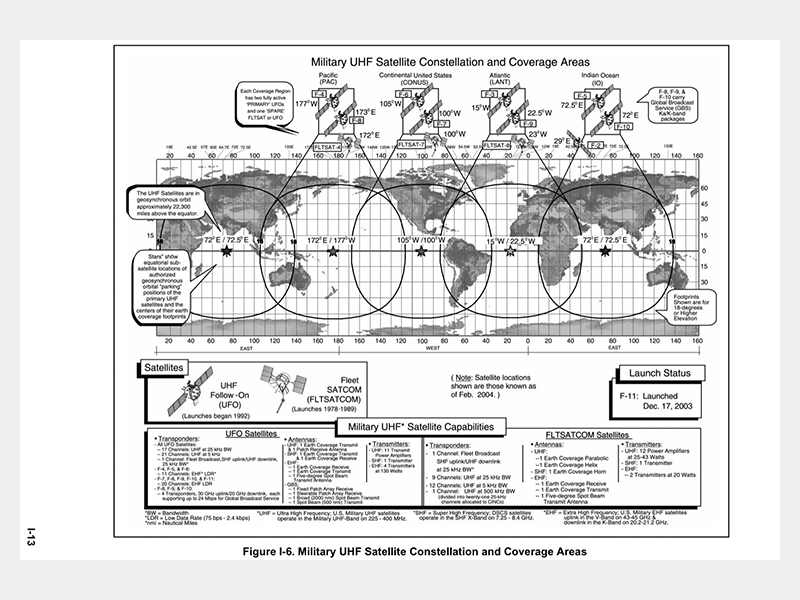
Pirates of the Ionosphere
After delving deeper and deeper through the websites of radio amateurs, “satellitenwelt.de” surfaced. The website is an archive specialized in satellite communication (SATCOM) and documents every known frequency and signal of UHF satellites (Ultra High Frequency). These technical instruments are in a geostationary orbit 36000 km from the earth and are mostly used by the U.S. military and NATO. The satellites are part of a satellite network and are used for tactical data and voice radio communication. The archive led to an important development of the strategies of reception, since learning about their positions, frequencies, and what antennas to use was crucial information. Consequently, I decided to build another YAGI antenna tuned to 250 MHz, the operation frequency of the aforementioned satellites. Pointing the second build YAGI antenna in the direction of the equator for the first time is astonishing, suddenly a multitude of signals appear one after another, each of them a different satellite transponder. Most of those signals are audible as noise. This soft noise resembles a hissing speaker when no signal is applied. According to the database, the military keeps the transponders constantly active due to tactical reasons. During these receptions one signal stands out as particularly intriguing, in the spectrum, it appears different than the others. Tuning into it, in an instant a foreign voice becomes audible. The signal is clear so I can identify that the man speaks Brazilian. He is playing music, speaking loudly, and is seemingly not sober. His tone and attitude discard the possibility of him being military personnel, but most likely a satellite radio pirate.
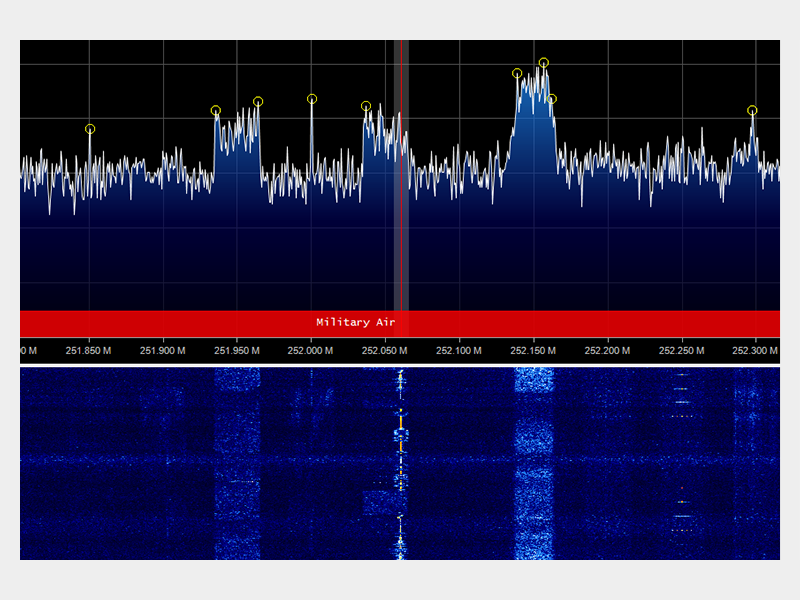
The radio pirates are individuals who illegally exploit these satellites as their private worldwide CB-Radio to communicate with each other. Due to the age of most of those satellites (some have been launched in the 1970s) the communication channel is not encrypted. The satellites are not able to identify intended or unintended signals, therefore the transponder is open and automatically forwards the signals back to earth. With only basic antennas and slight adjustments to their mobile radio equipment, the pirates use this illegal backdoor in their favor. Many of the satellite radio pirates are truck drivers in rural areas without cell phone reception, apparently, also drug cartels and other criminal organizations use these channels for communication as the article mentions. The satellites offer better range and audio quality than legal radio amateur frequencies like shortwave. Besides the Brazilian radio pirates, in the reception, I pick up Russian and Spanish speaking pirates that also operate on those frequencies, as I later discovered through my recordings. The radio pirates are a very reliable and varied sound source due to their constant activity. Their presence in the æther appears almost perpetual and thus is their appearance in my recordings. It seems like their voices have taken over the satellites, as during the course of the research I do not intercept a single military transmission. The nature of their communication is organic, they use their voices in a free, informal manner, often play music, laugh, and sometimes even experiment with audio feedback. In the incoming signal the space of transmission is often very noticeable.

Ghost Satellites
Tracking satellite radio pirates raised the question of whether there were other abandoned or hijacked satellites in orbit. The research blogs and websites of radio amateurs and radio enthusiasts are valuable sources of information. Many of those privately run archives collect and publish data about satellites that are generally not publicly shared by governments or space organizations. These archives often also include sound recordings that provide a reference, when identifying the satellites. A particularly valuable repository is that of the radio amateur named “happysat”. He meticulously documented and captured almost every dead satellite that is still in orbit on his website. These satellites, also called Ghost satellites, are space debris, malfunctioning objects floating in space with no utility value. According to the latest reports of the ESA Space Debris Office about 5450 rockets have launched into space and placed almost 9000 satellites into Earth orbit since 1957. About 5000 of these satellites are still orbiting the earth and approximately 1950 are still functioning. Since the start of Sputnik 1 all these missions leave space junk behind and it has been accumulating ever since. The ESA estimates that approximately 130 million objects are currently in orbit. The debris differs from the size of a rocket body to smaller than one millimeter and is orbiting Earth with up to 36000 km/h. They frequently collide with one another breaking into smaller and smaller parts. These small objects often cause harm to operational satellites or the International Space Station, and also pose dangers for contemporary space explorations, since it is getting more difficult to navigate through the cloud of space debris. And with the current plans of SpaceX, Amazon and Facebook each send thousands of new satellites into low earth orbit for their satellite internet networks, the amount of space debris will grow substantially.
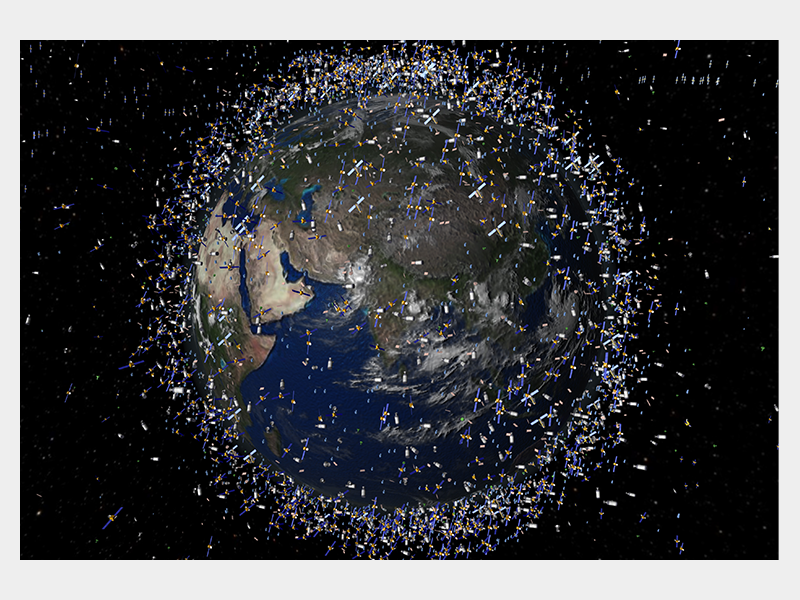
LES-1
The LES-1 was designed and built by MIT to conduct experiments in satellite communication. It was launched on February 11th, 1965, but failed to reach its intended orbit due to miswiring of the circuitry. The satellite remained tumbling in a circular orbit and ceased transmitting in 1967. In 2012, 47 years after its launch, a radio amateur from North Cornwall in England picked up a ghostly signal and that he later identified as the LES-1. Phil Williams G3YPQ suggested that the onboard batteries corroded causing a short circuit and therefore the transmitter on 237mHz to start up when the satellite's solar panels are in direct sunlight. As a result of the satellite’s peculiar motion, the signal that appears to be the transmitter’s carrier frequency, slowly fades in and out in a four-second cycle, like a singing ghost. Listening to the signal for the first time is fascinating, an eerie signal from an early remnant of space exploration and communication that whispers from the ionosphere tumbling through space, slowly rising from the noise after nearly half a century. An event like this provides abundant material for conspiracy theorists. Many fake news websites and Youtube channels cover the satellite’s history and construct narratives around it. They all refer to a theory that claims that the satellite was hijacked by an alien lifeform. As with all fake news, it is hard to track the original source of the theory since it often no longer exists or is diluted in a network of fake news websites. Conspiracy theories, lurking within the realm of radio and electromagnetics is a topic that informs and enhances both the research and performance, providing material and narratives that weave into both the amateur community and the ghost hunters. In a continuation of the project, I plan to revisit this vast field, that needs extensive research and could not be conducted in-depth during this phase project.
The following quotes are extracted from some of the fake news stories and Youtube videos about the LES-1:
Abandoned in space in 1967, a US satellite has started transmitting again
After learning that a satellite that’s been silent for decades has suddenly started sending out new signals you may, of course, suspect that the device has been hijacked by aliens, now trying to communicate with Earth. Perhaps they’re warning us that they are planning an invasion!
Lost In Space for 50 Years Dead Satellite Starts Sending Messages
Recently, the LES1 which has been missing for around 50 years, has mysteriously began to transmit strange signals. Some people think the satellite was hijacked by an alien civilization that went on to transmit signals in order to establish contact with humanity.
DEAD SATELLITE STARTS SENDING CREEPY SIGNALS AFTER 50 YEARS
While Phil says its remarkable to think that electronics built nearly 50 years ago, 12 years before Voyager 1, and long before microprocessors and integrated circuits, is still capable of working in the hostile environs of space. Others immediately think of the movie Independence Day with Will Smith and Jeff Goldblum in which Aliens hijacked Earth's satellites to use them to coordinate their attacks. [...] Alien conspiracy people, however, are quick to point out that in the movie, the satellite signal code was a repeating signal that once ended would signal the beginning of the attack. And that this signal is doing just that, repeating every 4 seconds. Others think there could be aliens trying to communicate with us through our own satellites.

The satellite's carrier frequency is tuned to approximately 1000Hz and gliding to 500Hz while being out of the sun. Due to the Doppler effect, the frequency of the radio receiver has to be adjusted constantly to keep the carrier frequency stable. If this alteration is not followed, a peculiar effect occurs, as the carrier frequency slowly decreases. In the course of eight cycles, it will detune in the following steps (in Hz): 960/533, 922/479, 860/426, 816/375, 760/326, 716/275, 666/224, 616/175. This phenomenon has similar audible qualities to going down a musical scale. When analyzing the recordings of the LES-1 an irregularity in the spinning cycles in each of my recordings is noticeable. In the documentation of multiple radio amateurs, the cycles are described as four seconds long. The cycles of my two successful receptions are 10 and 13 seconds long. This raises the question of whether the rotation speed of the satellite is slowing down. My intention is to conduct further recordings to investigate this mysterious behavior.
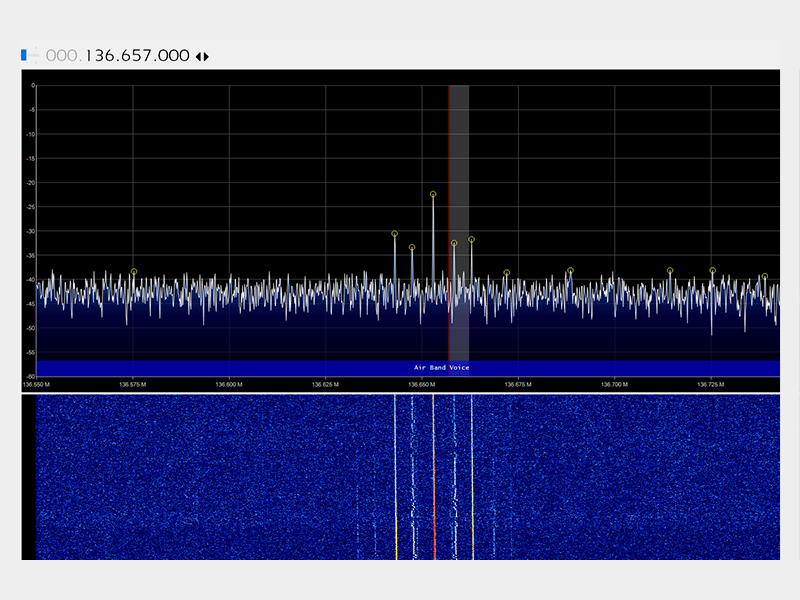
Transit 5B-5
The Transit 5B-5 was launched on December 31 in 1964 as part of the Navy Navigation Satellite System and is one of the oldest satellites in earth orbit. The network of 27 satellites is the predecessor of GPS and the Navy used it for locating their ships and submarines. Only 19 days after it was launched, the Navy lost control over the satellite. The navigation transmitter shut down for unknown reasons and the satellite stopped responding to command signals. But the transmitter continued functioning and has been broadcasting telemetry data back to earth ever since. The satellite starts transmitting only in direct sunlight, if the solar panels generate enough electricity, presumably its batteries are not functioning anymore after so many years. The Transit5b-5 can be regarded as the "grail" of my signal hunts. It took six months of persistent tracking to finally capture it. This is due to the fact that when I first learned about its existence in autumn 2018, daylight got continuously shorter, and throughout winter the solar panels of Transit 5B-5 could not generate enough electricity to power the satellite. Also, the satellite’s orbit did not align with Rotterdam during that time, it was only passing sporadically.
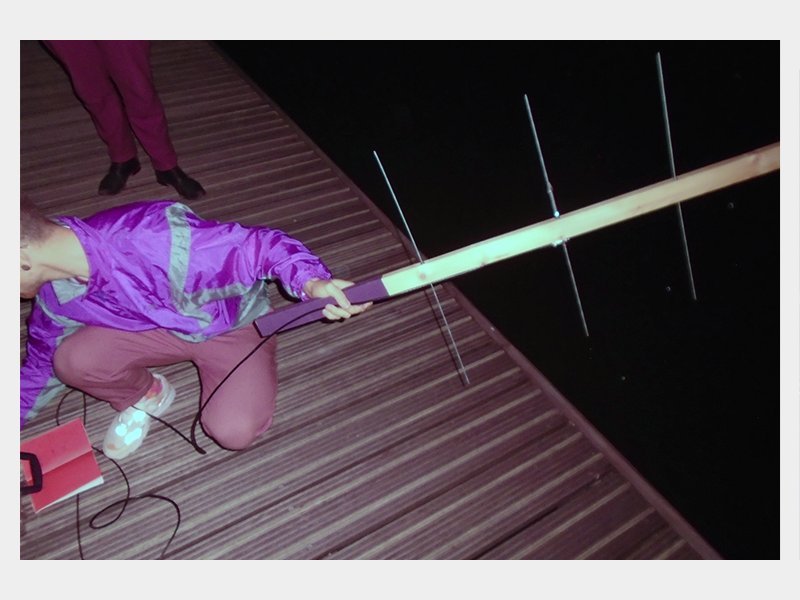
Signal hunting
Signal hunting is a carefully planned activity that I engage to track and capture the transmissions of specific satellites. This action involves being outdoors and demands tuning into the circadian rhythms of specific satellites intended to be received. The hunt locations in which satellites can be received require meeting certain conditions as the signals are often very weak. Interferences from cell towers or other radio signals like WIFI networks can easily render the reception impossible. Therefore it is necessary to seek places that are outside of the city center and ideally remote from urban infrastructure. However by hunting in urban areas my presence and unusual equipment often unintentionally interrupt the routine of passersby, that then often seek conversations with me. These interventions are not planned, but as these moments arise I take the opportunity to interact with an audience in public space. To engage a dialogue with passersby creates a possibility to dive into a different social or cultural context. It informs me of a level of interest and how knowledgeable a non-audio savvy audience is. Sometimes through these encounters, a brief invisible link emerges between the satellites orbiting the earth and the strangers, other times I meet people who share my interest in the practice of hunting, such as metal-detector hunters or military personnel.
The process of signal hunting often requires patience and discipline and rituality is an integral part of my research. Enacting the signal hunt as a ritual is a way to bring attention and elevate the significance of the series of actions executed during the performance. In times where everything is accelerated, taking time is a relevant undertaking. During the act of signal hunting, it is important to decelerate, focus your attention and observe. Centering the attention towards active listening and channeling one's concentration on the very moment of the act, as well as practicing processes through repetition. These actions also include identifying the satellites, memorizing their sounds and characteristics. This is a constant learning process, as my recordings often sound similar but are never identical to the documented sounds in the archives of the radio amateurs. This is caused by multiple unknown factors in the reception, such as the state of the satellite, its distance, and trajectory, the material of the antenna, electromagnetic interference, weather conditions, daytime or season - just to name a few. All these elements influence the transperception of the satellite. The satellite will always remain a mysterious object since we are unable to interrogate its full detail in the transient moment we are able to listen to it.
An essential part of the signal hunt is writing a reception diary, this is a way to archive my signal hunts and compile technical data about the satellite, time and location, as well as document my process and impressions of the space I am recording in. It is also a tool to train my ears to the radio transmissions. In the beginning of the research, technical data dominates my reception diaries, but the more I focus my attention and senses and tune my ears to the signals, distinct acoustic qualities become evident and the presence of the surrounding environment gains relevance.